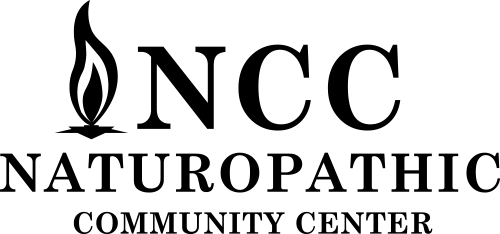by Gigi Zavaglia
ZavagliaNothing screams fall bounty like squash! Acorns, butternuts, late spaghetti, zucchini and pie pumpkins: all get equal amounts of love and respect from me due to the ease of working with them and their nutritional value.
The incredible benefits of squash are undisputed, and their vitamin and mineral content is extensive. This list includes a huge amount of vitamin A, as well as significant amounts of vitamins C, E, B6, niacin, thiamin, pantothenic acid, and folate. In terms of minerals, squash are loaded with magnesium, potassium, manganese, copper, phosphorous, calcium and iron. They are also a very good source of carotenoids and other important anti-inflammatory and antioxidant compounds.
Squash is very easy to work with. Peel it, cut in half, seed it and cut into chunks. Simple roasting with simple herbs (garlic, sage, oregano or a pre-mixed Italian seasoning with just a pinch of sea salt) and pureeing provides a delightful base for soups, a filling for ravioli or a last minute comfort food side to any winter meal. Maple syrup or brown sugar can add a sweet element, as well as a lovely carmelization to simple squash that kicks it up to new levels.
Nuts about nuts? Squash is the perfect canvas for them!! Try pecans or pine nuts for added crunch. The completed puree can be frozen or canned. My preference is to freeze it in sealed containers for later use. Tip: it takes only a little more time to roast three squash versus one. Make a bunch, and it’s readily available for later use.
With fall quickly approaching, farmers markets and your local CSA will have a plethora of late season squash available. Even if you choose not to extend your squash availability through roasting and freezing, squash store well for long periods in a cool, dry place and provide its nutrient-rich bounty for months to come.
Recipes can be obtained by emailing TavolaGigis@gmail.com.



